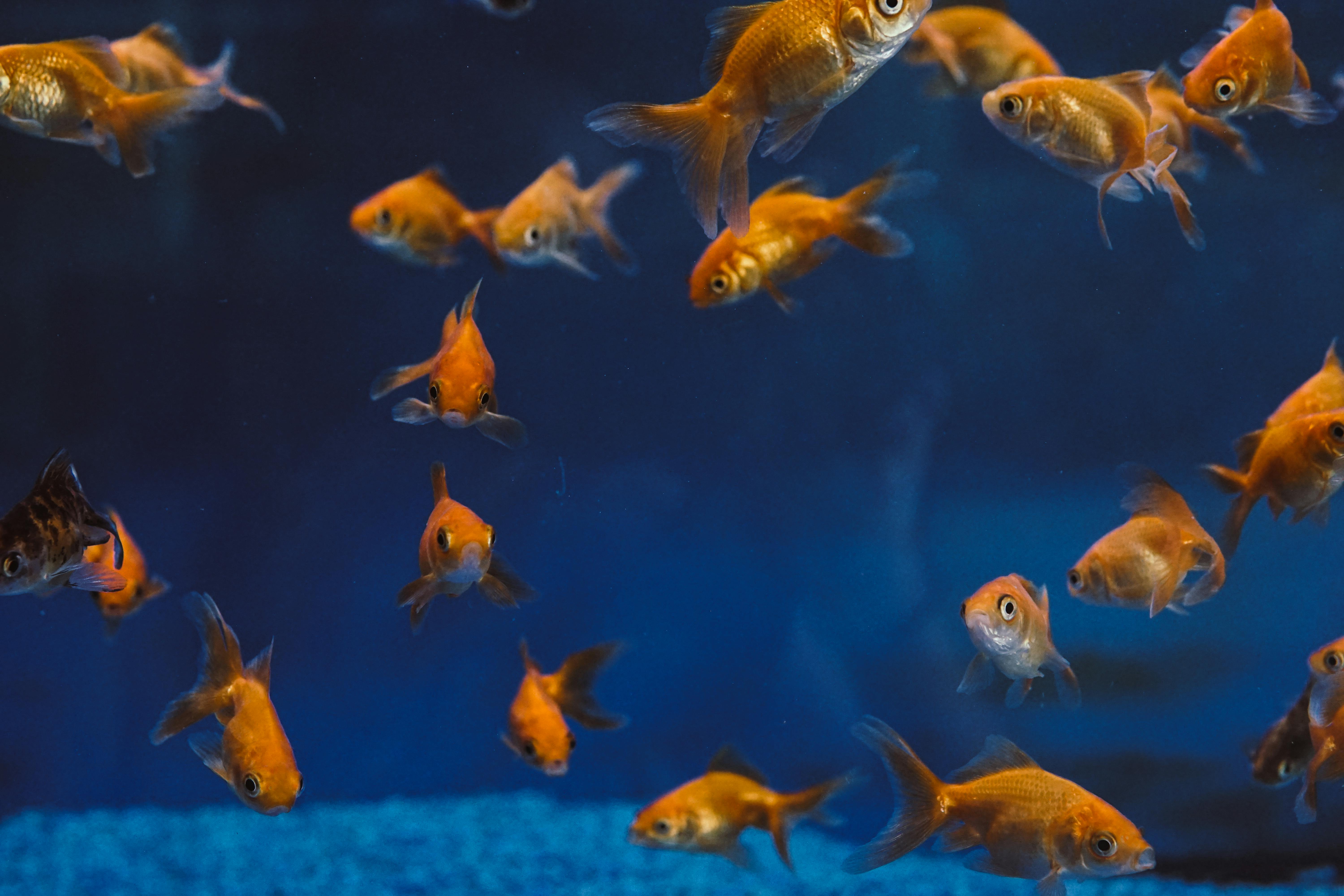
Smart Ways to Understand Hamster Yawning in 2025
Understanding hamster yawning behavior can illuminate the world of these adorable small pets. Whether you're a seasoned hamster lover or considering adopting one, being aware of how and why your pet hamster yawns can provide insights into its health and happiness. Yawning in hamsters, while often perceived as a simple action, can carry a variety of meanings, reflecting their behavior, environment, and even their interaction with you as a pet owner.
This article will delve into the multifaceted world of hamster yawning, from the physiological reasons behind the action to its social significance in hamster communities. We will also highlight caring strategies that can enhance your pet's well-being and playful nature, ensuring you nurture a happy and healthy hamster.
Key takeaways will include practical tips on hamster care, fun facts about these cute creatures, and how to create an enriching environment that promotes more engaging behaviors than just yawning.
Understanding Hamster Behavior: The Science of Yawning
Building on the idea that yawning can be just a reflex for our furry companions, let’s look into how this behavior also signifies deeper emotional and physical states. Hamsters, like many animals, yawn primarily as a physiological response. A yawn may indicate tiredness, a transition from sleep to wakefulness, or even stress. Understanding these cues will allow you to adapt to your pet’s needs more effectively.
Physiological Reasons Behind Hamster Yawns
Hamster yawning can often be attributed to the pet’s physical state. When hamsters are transitioning between deep sleep and wakefulness, they're more likely to yawn. This is similar to how humans yawn. It helps stretch the jaw muscles and may increase oxygen intake. Pay attention to when your hamster yawns; if it’s after a period of inactivity, it’s likely just waking up.
Social Aspects of Yawning
In social settings, yawning can also be contagious, reflecting stress or relaxation among other hamsters. If your pet shares a habitat with others, observe if yawning occurs in a shared environment, showcasing a form of communication. This behavior can signify comfort levels among cage mates, revealing social dynamics that can aid in understanding your pet's interactions.
Environmental Influences on Yawning Behavior
Hamsters thrive in a stress-free environment. Factors such as noise, temperature, and cage cleanliness can contribute to their overall well-being. A clean, spacious cage stocked with appropriate bedding and toys encourages natural behaviors and reduces anxiety, thus possibly decreasing excessive yawning. If you notice your hamster yawning frequently, it may be time to evaluate its environment.
Creating an Ideal Habitat for Happy Hamsters
With these basics established, let’s transition into ways you can improve your hamster’s living conditions. Hamsters require specific environmental needs to thrive, which can significantly mitigate dubious yawning behavior.
Setting Up a Comfortable Habitats
Designing the perfect habitat involves choosing the right cage and accessories. An ideal hamster cage should have adequate space for movement, with multilevel platforms and tunnels for exploration. This allows them to engage in fun pet activities that stimulate their instincts, helping reduce stress and its related behaviors, including frequent yawning.
Enhancing with Enrichment Activities
Active hamsters require mental stimulation. Providing toys like hamster wheels, tunnels, and chew items can keep your furry friend entertained and active. Regular playtime outside the cage, within safe boundaries, can help satisfy their curiosity and need for exploration. This keeps them energized and happy, promoting a healthy lifestyle.
Monitoring Hamster Health
Your hamster's health is paramount. Regular check-ups, observing feeding behaviors, and understanding signs of illness can help prevent conditions that lead to increased yawning. For instance, a lethargic hamster may yawn more often due to underlying health issues. Watch for changes in sleeping habits and appetite, and consult a vet if you notice anything out of the ordinary.
 example.com/image2.png
example.com/image2.png
Fun Facts About Hamsters and Their Yawning Norms
Connected to this principle, it’s always entertaining to explore some fun hamster facts. These little creatures have unique traits that contribute to their cuddly yet playful personality.
Types of Hamsters and Their Unique Traits
Different species of hamsters, such as Syrian, Dwarf, and Roborovski, exhibit varied behavioral patterns, including yawning frequency. For example, Syrian hamsters tend to be more solitary and can display different yawning patterns compared to more social dwarf species. Understanding these differences enhances your ability to cater to their specific needs.
Interactive Hamster Activities
Incorporating engaging activities into your hamster’s routine can prevent boredom, leading to healthier expressions of behavior. Building obstacle courses or providing tunnels within their cage can stimulate exploration and exercise, resulting in a happier, more fulfilled pet. This is essential for your pet's well-being, as engaging with them might reduce unnecessary yawning.
Educating Children About Hamsters
Teaching kids about caring for small pets like hamsters can foster a sense of responsibility and empathy. They can learn about identifying hamster health signs including yawning behaviors, thus understanding when a hamster is comfortable or under stress. This education creates positive interactions between children and pets, enhancing enjoyment for both parties.
Common Questions About Hamster Yawning
It's time to address some common queries associated with hamster yawning that many pet owners find intriguing.
Why Do Hamsters Yawn So Much?
Yawning often signifies a transition from one state to another, whether from sleep to wakefulness or coping with stress. If your hamster yawns excessively, assess their environment and overall health.
Is Yawning a Sign of a Healthy Hamster?
Yes, occasional yawning is typically a normal behavior. However, excessive yawning can indicate stress or health issues. Keep a close eye on your pet's habits to ensure they remain within a healthy range.
How Can I Reduce Unnecessary Yawning?
Creating a calm, clean, and stimulating environment is essential. Ensure your hamster has diverse activities to engage in, which can help minimize stress and promote relaxed behaviors.
 example.com/image3.png
example.com/image3.png